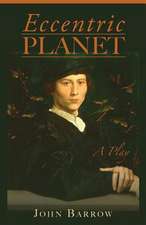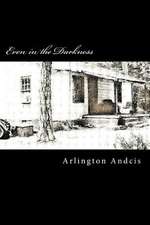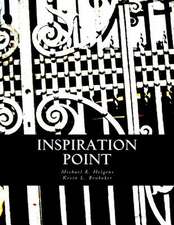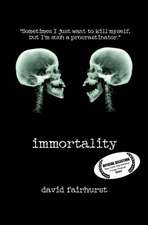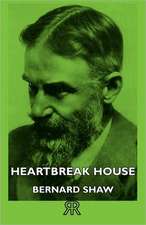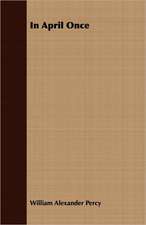Saint Joan
Autor Bernard Shaw, George Bernard Shawen Limba Engleză Hardback – 3 noi 2008
| Toate formatele și edițiile | Preț | Express |
|---|---|---|
| Paperback (2) | 117.09 lei 38-44 zile | |
| Martino Fine Books – 29 iul 2020 | 117.09 lei 38-44 zile | |
| Hesperides Press – 11 noi 2006 | 187.60 lei 6-8 săpt. | |
| Hardback (1) | 305.47 lei 6-8 săpt. | |
| Hesperides Press – 3 noi 2008 | 305.47 lei 6-8 săpt. |
Preț: 305.47 lei
Nou
Puncte Express: 458
Preț estimativ în valută:
58.45€ • 61.15$ • 48.56£
58.45€ • 61.15$ • 48.56£
Carte tipărită la comandă
Livrare economică 02-16 aprilie
Preluare comenzi: 021 569.72.76
Specificații
ISBN-13: 9781443724906
ISBN-10: 1443724904
Pagini: 196
Dimensiuni: 140 x 216 x 14 mm
Greutate: 0.4 kg
Editura: Hesperides Press
ISBN-10: 1443724904
Pagini: 196
Dimensiuni: 140 x 216 x 14 mm
Greutate: 0.4 kg
Editura: Hesperides Press
Notă biografică
Pygmalion is a play by George Bernard Shaw, named after a Greek mythological figure. It was first presented on stage to the public in 1913. In ancient Greek mythology, Pygmalion fell in love with one of his sculptures, which then came to life. The general idea of that myth was a popular subject for Victorian era English playwrights, including one of Shaw's influences, W. S. Gilbert, who wrote a successful play based on the story called Pygmalion and Galatea that was first presented in 1871. Shaw would also have been familiar with the burlesque version, Galatea, or Pygmalion Reversed. Shaw's play has been adapted numerous times, most notably as the musical My Fair Lady and its film version. Shaw mentioned that the character of Professor Henry Higgins was inspired by several British professors of phonetics: Alexander Melville Bell, Alexander J. Ellis, Tito Pagliardini, but above all, the cantankerous Henry Sweet.


